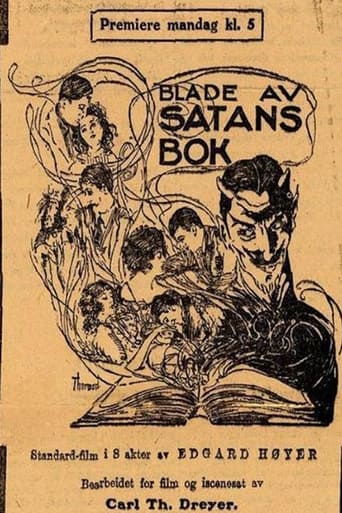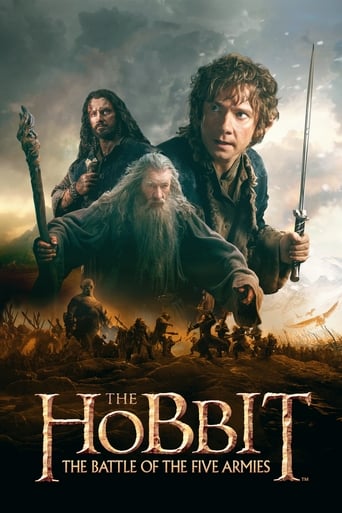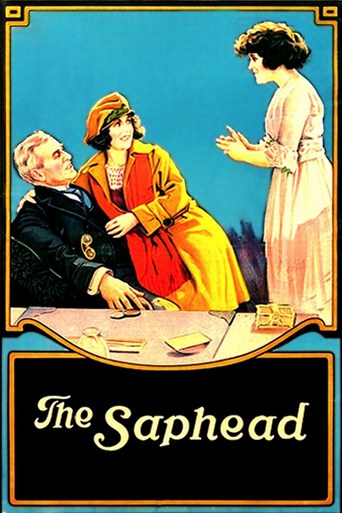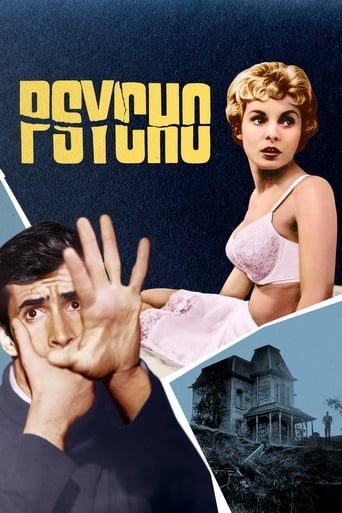


Leaves from Satan's Book
The power of Satan is highlighted in four historical tales: the betrayal and subsequent arrest of Jesus, the Spanish Inquisition, the French Revolution and the execution of Marie Antoinette, and the Finnish War of Independence in 1918.
-
- Cast:
- Johannes Meyer , Halvard Hoff


Reviews
This story has more twists and turns than a second-rate soap opera.
Blistering performances.
It's simply great fun, a winsome film and an occasionally over-the-top luxury fantasy that never flags.
An old-fashioned movie made with new-fashioned finesse.
Satan is exiled from Heaven by God and doomed to stay on Earth. God states that for each soul who falls in temptation, his sentence will be increased in one hundred years; for each soul who resists, his sentence will be decreased in one thousand years. Satan is followed in dark moments of mankind history: the betrayal of Jesus by Judas; the Spanish Inquisition; the French Revolution; and the Finnish Civil War of 1918."Blade af Satans bog" is an ambitious (or pretentious) Danish epic about evil temptation through time. Carl Theodor Dreyer made this movie inspired in D. W. Griffith's epic "Intolerance". I saw the version released in Brazil on VHS with 108 minutes running time; therefore a version totally mutilated and it would be unfair if I write that the screenplay is messy. My vote is six.Title (Brazil): "Páginas do Livro de Satã" ("Pages from Satan's Book")
Carl Theodor Dreyer's second feature film is an ambitious study of evil through the ages, but the great Danish filmmaker is years away from his masterpieces of The Passion of Joan of Arc, Vampyr, Day of Wrath, Ordet and Gertrud. The inexperienced filmmaker was influenced by D.W. Griffith's 1916 Intolerance and aimed to map out the path of the Devil using Griffith's innovative filming style as a guide. He added on his realistic approach to the subject matter, as he believed realism to be the most essential part of any film.Like its inspiration, Intolerance, Leaves from Satan's Book contains stories from four historical periods linked thematically. Unlike Griffith's film though, Dreyer chose not to cross cut between stories, which makes for a less confusing film.Satan is the character who links the four stories. The film starts with his fall from grace, as told through inter-titles, and God's proclamation that he walk the Earth tempting humanity. For each soul that turns from God, 100 years will be added to Satan's sentence, but for every person who resists his temptations, 1000 years will be removed. Hoping to fail in his duties so that he may be admitted back into heaven, Satan tries to get men to betray what they hold most dear in four eras of history.The first section of the film is the biblical story of Jesus' betrayal by Judas. The next story takes place during the Spanish Inquisition. The third section of the film takes place during the French Revolution. The final segment is set in the Finland during the Russo-Finnish war of 1918. As a film, this wasn't Dreyer's best, but it was fairly entertaining. This early Dreyer film shows his almost innate ability to compose attractive images within the limits of the frame.Though this film isn't the grand spectacle he was hoping for, Dreyer did a wonderful job with it. His use of the film frame and style of story telling make this a movie interesting and attractive to watch.
Had I reviewed this back in 1921, I might have given the film a score of 9 because it was technically very well made. The direction, cinematography and acting are excellent for the era--there are absolutely no complaints there. Unfortunately, today I am only giving it a score of 7 because of this technical merit--otherwise, the film is very dated and hard to watch due to its preachy and heavy-handed plot. It's also a Danish attempt to cash in on D. W. Griffith's INTOLERANCE by making essentially the same film.The film is about three ages of mankind that together prove that mankind stinks and that the Devil is the master of betrayals. The first segment is about the crucifixion of Jesus, the second the Inquisition and the third the Reign of Terror. All these segments look like elaborately staged but soul-less recreations done in a documentary style. Sure, the sets are great, but there is no life to the scenes at all.The Christ segment is interesting because Jesus looks exactly like the very inaccurate traditional paintings of Him. This is pretty cool, but he appears about as Jewish as a polar bear! I was also disappointed because although this part of the film was very close to the Gospels, the part about Peter chopping off one of the soldier's ears wasn't included! The Inquisition segment is interesting because it seems to imply that the young monk who joined the inquisitors raped the woman he loved who was arrested and tried--then she is, apparently, killed! This is highly reminiscent of THE HUNCHBACK OF NOTRE DAME. As for the Reign of Terror segment, it seemed to imply that Louis XVI and Marie Antoinette were innocent victims--an interesting interpretation of history if you ask me!So, if you like to see elaborate recreations of historical events that aren't all that compelling or interesting, then this is your film! Otherwise, there are many, many silent films far worth seeing.
Decided to view this film because I wanted to see what other countries in Europe were watching in their movie houses in 1921. The director, Carl Theodor Dreyer had a great talent and produced many interesting films through out his lifetime. This film showed how the devil down through the centuries was able to destroy peoples souls, including Judas in betraying Jesus to the Roman soldiers. There was a bargain that God had with the devil according to this story, where the devil would continue to remain on earth to fight for human souls and their destruction. All the actors performed with excellent skill for the Year 1921 and the fact that it was a silent film. It was very interesting to see the outdoor scenery in various countries and also observe the old furniture and customs.In one scene in Finland, the family who had young infants, seemed to keep them in a closet with a cloth curtain as a door and hung in a cradle held by straps! If you get a chance to view this film, it is really worth the time.










